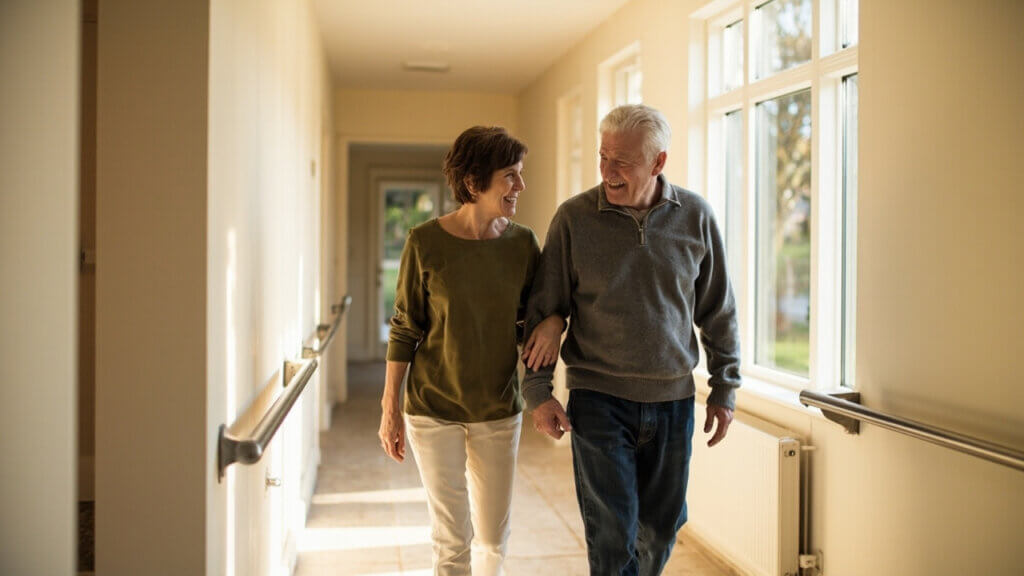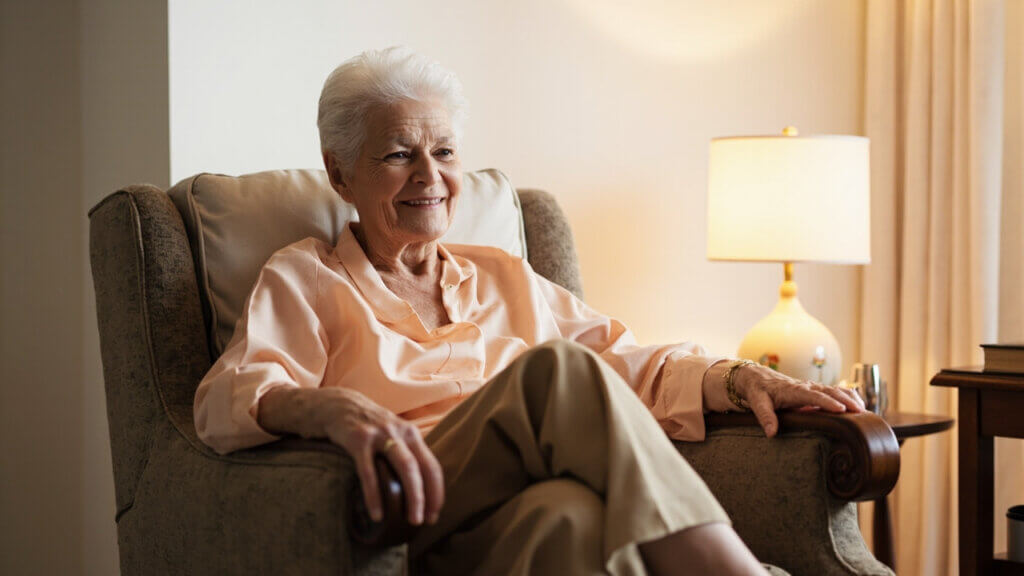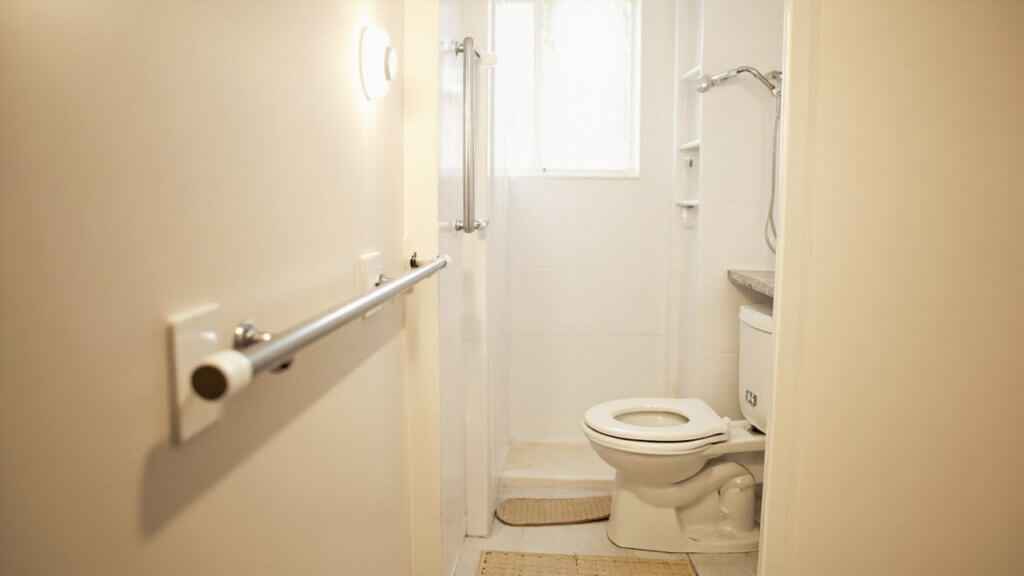Want to stay in your home as you age—but worried about safety, comfort, or accessibility? You’re not alone. More than 75% of Americans over 50 say they want to “age in place”—but most homes aren’t designed for it.
The good news? You don’t need a massive remodel or luxury upgrades to make your home safer and more senior-friendly. With the right changes, you can age-proof your home on a budget—starting today.
This 2025 guide will walk you through practical, affordable home upgrades that help you stay safe, independent, and comfortable well into your 70s, 80s, and beyond.
Why Age-Proofing Matters—Even If You’re Still Healthy
As we age, small things become big risks:
- Slippery bathroom floors
- Poor lighting in hallways
- Narrow doorways or hard-to-reach storage
- Stairs that become harder to navigate over time
Planning ahead now prevents costly injuries—and protects your ability to live on your terms later.

High-Impact, Low-Cost Home Upgrades for Aging in Place
1. Improve Lighting Throughout the House
Poor lighting increases fall risk, especially in stairwells, entryways, and bathrooms.
Budget Fixes:
- Install brighter LED bulbs ($3–$10 each)
- Add motion-activated night lights in hallways and bathrooms
- Use plug-in light strips under cabinets or along walkways
2. Add Non-Slip Flooring and Rugs
Falls are the #1 reason seniors end up in the ER. Slippery surfaces and curling rug edges are the biggest culprits.
Budget Fixes:
- Use non-slip mats in bathrooms and kitchens
- Add gripper pads or tape under area rugs
- Replace high-pile rugs with flat, stable ones
- Use anti-slip stair treads (under $30 for a full staircase)
3. Install Grab Bars (Without Remodeling)
You don’t need to tear up the bathroom. Today’s grab bars are easy to install and match your decor.
Where to install:
- Next to toilets
- Inside and outside bathtubs/showers
- Near the bed or front door
Tip: Look for ADA-compliant bars with textured grips ($20–$50 each).
4. Raise Seating for Easier Use
Low couches, beds, or toilets become harder on the knees with age.
Budget Fixes:
- Use toilet seat risers ($25–$40)
- Add cushion risers or furniture feet to chairs and sofas
- Buy a bed riser set to lift the mattress safely

5. Make Entryways Safer and Smoother
Door thresholds, stairs, and poor outdoor lighting can make getting in and out of your home dangerous.
Budget Fixes:
- Install solar-powered path lights
- Add grip tape or handrails to outdoor steps
- Use portable threshold ramps for wheelchairs or walkers (under $100)
Bonus: Smart Tech That Supports Aging in Place (Budget-Friendly Options)
1. Voice Assistants (Alexa, Google Home)
Hands-free help with reminders, lights, calls, and more.
2. Smart Doorbells
See who’s at the door without rushing to answer. Great for security and mobility.
3. Automatic Lights or Motion Sensors
No more stumbling in the dark. Install in high-traffic areas like stairs or bathrooms.
4. Smart Plugs or Timers
Turn off appliances remotely or on a schedule—no bending or reaching.
Other Simple Upgrades Worth Doing Now
- Replace round doorknobs with lever handles (easier for arthritic hands)
- Lower closet rods or add pull-down organizers
- Use lazy Susans in cabinets for easier reach
- Add a shower chair and handheld shower head for safe bathing
- Label meds and pantry items with large-font stickers

FAQs
How much does it cost to age-proof a home?
You can make meaningful safety upgrades for under $1,000 if you focus on essentials. Larger renovations (like widening doorways) can cost more, but aren’t always necessary right away.
Are there grants or financial help for senior home safety?
Yes. Check:
- Area Agency on Aging (AAA)
- HUD Home Modification Assistance
- Veterans Affairs (if applicable)
- Local nonprofits or utility company programs
Can I do these upgrades myself?
Many improvements—like grab bars, lighting, and furniture risers—are DIY-friendly. But for major changes (electrical, structural), consider hiring a licensed contractor with aging-in-place experience.
Final Thought: Small Changes, Big Impact
You don’t need to wait for a fall, injury, or health scare to start preparing your home. In fact, the earlier you begin, the easier it is to stay in control, stay safe, and stay home.
Start with one room. One light. One rug. And build from there.
Your future self—and your loved ones—will thank you.
